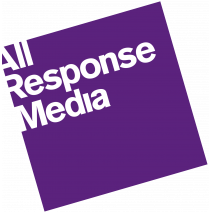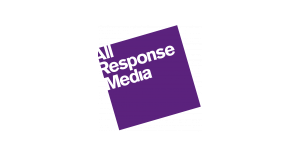At the back end of last year, Les Binet and Peter Field were once again the source of much industry debate, with the release of their study: ‘Effectiveness in the Digital Era’ – the natural follow up to 2011’s ‘The long and the short of it’, which used the IPA databank to examine how different strategies or media choices influence business effectiveness and other marketing metrics.
As a much potted summary, they observed the difference between short-term (impact seen in 6 months) and long-term marketing activities (impact seen in 3 years). The report recommended that the optimum split between marketing spends is 60:40 in favour of long-term ‘brand’ focused activity for driving ‘very large business effects’ such as sales, share gain and profit growth. So, with the increased proliferation of digital marketing technologies and greater fragmentation of audiences, would their case still hold up many years later?
To cut to the chase, the answer is yes – some of their key outtakes from the latest study were that:
- Penetration is the main driver of brand growth: Broad reach is observed as being much more important for long-term effectiveness than ‘tight targeting’
- Mass media are still crucial for effectiveness: Interestingly, DRTV does not appear to be considered as a broadcast channel
- Video is the most powerful channel for long-term success: This includes TV but the report focuses on long-term effects delivered by ‘emotional advertising’
- TV and online work together to boost effectiveness: The same is true for other mass media – not a huge surprise to most of us!
Interestingly, their studies suggest that effectiveness is falling based on ‘large business metrics’:
And the blame for this is put squarely at the door of short-termism and a focus on return on investment (ROI). They argue that with the ‘real-time’ marketing possibilities opened up by digital, the balance has tipped too far in favour of activation and ‘low hanging fruit’. The report also suggests that long-term efficiency has dropped as advertisers have lowered budget and lost share of voice (SOV).
So, what does this mean for advertisers? As Europe’s leading customer acquisition agency, are we now recommending that clients switch focus to more brand-led strategies that may or may not pay back in three years?
The short answer to this is no. As an agency that prides itself in delivering tangible returns for startups and owner/founders, we understand that for many, waiting 3 years to start seeing the fruits of your marketing investment isn’t realistic – even for some of our larger spenders.
The 60:40 recommendation feels particularly rigid and not really applicable to the diverse set of verticals and varying marketing objectives our clients are involved with. Of course, all of our plans and strategies for our clients are put together with a long-term focus in mind. For many clients, we are increasingly working in the ‘brand response’ space and understand the importance of increasing penetration to drive long-term growth. But at the same time, we reject the assertion that ‘real-time marketing’ is a fallacy – and we can point to the tangible success of many of our clients in reaching their long-term marketing objectives – supported by our ARMalytics® suite and real-time optimisation techniques.
There are several interesting points raised in this study – the continued success of TV in driving effectiveness for one. Also, the recommendation on balancing efficiency with penetration is pertinent and most of our clients are already familiar with TV plans containing a combination of efficiency and volume driving stations. Overall, we will continue to deliver marketing plans that provide an immediate and tangible uplift in responses and sales, whilst not losing sight of their long-term goals and objectives.


